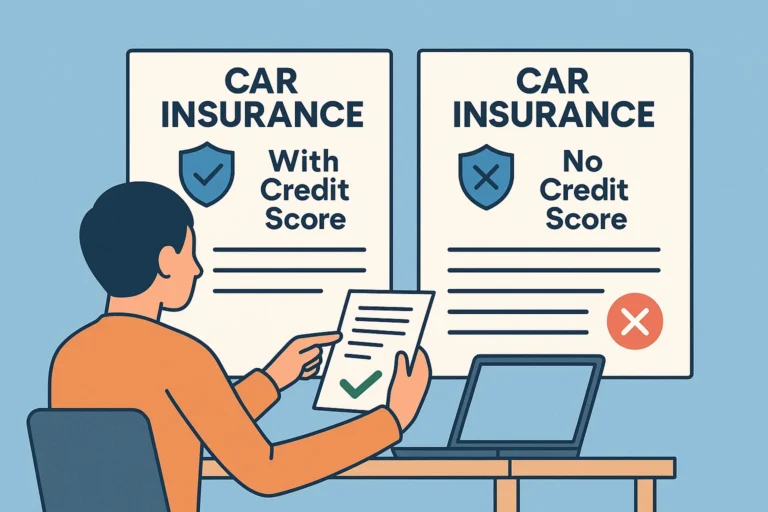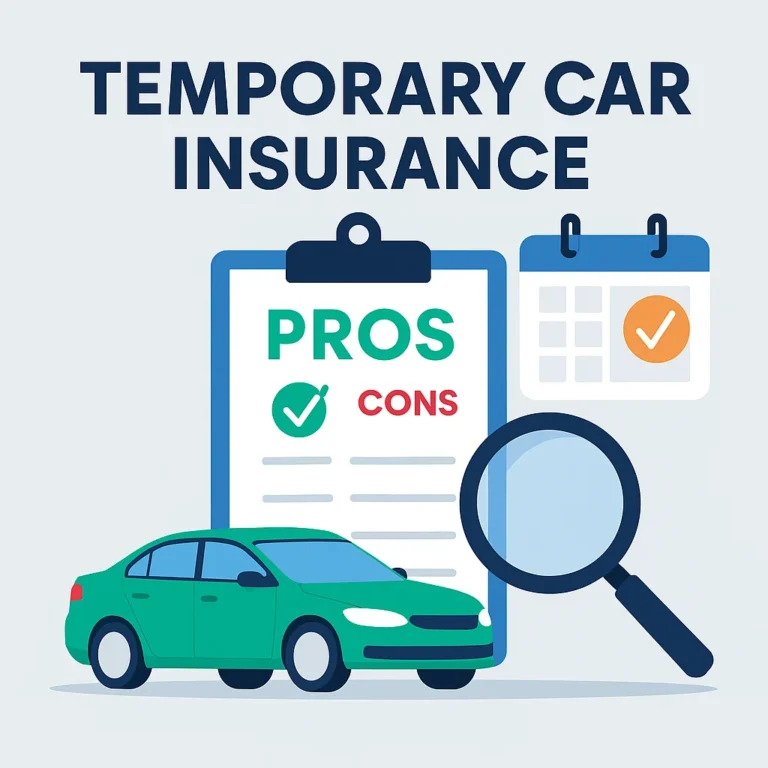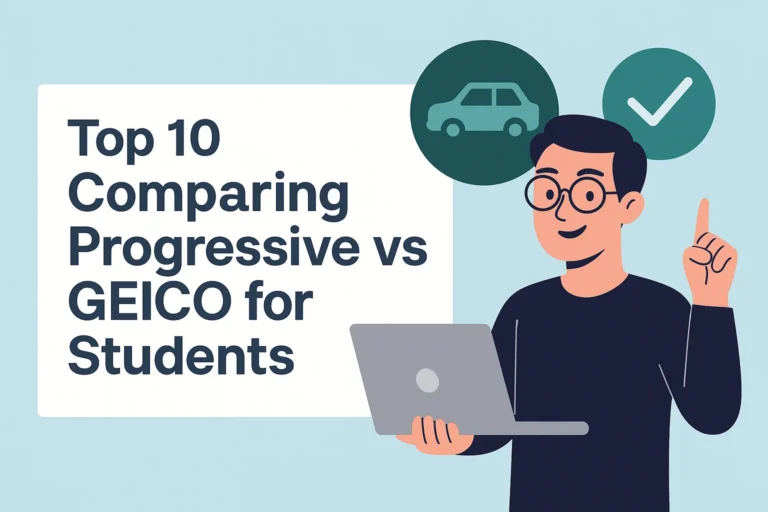When it comes to car insurance, two of the most common — and often confused — terms are liability insurance and full coverage. Whether you’re a new driver or just trying to save on your policy, it’s crucial to understand the difference between these two types of coverage. In this guide, we’ll break down what each covers, when you might need one over the other, and how to choose the right option for your driving situation and budget.
What Is Liability Insurance?
Liability insurance is the minimum level of coverage required in most U.S. states. It protects others if you are at fault in an accident — not yourself. It includes:
- Bodily Injury Liability: Covers medical expenses for other drivers or passengers.
- Property Damage Liability: Pays for damage to other people’s vehicles or property.
💡 Note: Liability does not cover your own vehicle’s damage or your personal injuries.
What Is Full Coverage?
Full coverage typically includes liability, plus two additional types of insurance:
- Collision: Pays for your car repairs after an accident, regardless of fault.
- Comprehensive: Covers damage from theft, vandalism, natural disasters, and more.
🛡️ Full coverage gives more protection, especially for newer or financed vehicles — but comes at a higher monthly premium.
Liability vs Full Coverage: Side-by-Side Comparison
| Feature | Liability Insurance | Full Coverage |
|---|---|---|
| Coverage for Your Own Vehicle | ❌ No | ✅ Yes |
| Covers Other People’s Property | ✅ Yes | ✅ Yes |
| Required by State Law | ✅ Yes (Minimum) | ❌ Not required |
| Recommended for Leased/Financed Cars | ❌ No | ✅ Yes |
When to Choose Liability Only
- ✅ Your car is older and not worth much
- ✅ You own your car outright and can afford repairs
- ✅ You want the lowest monthly premium
When Full Coverage Makes Sense
- ✅ Your car is new or expensive
- ✅ You’re leasing or financing your vehicle
- ✅ You live in a high-risk area (theft, hail, etc.)
FAQs
Is full coverage worth it for a 10-year-old car?
It depends on the car’s value. If repair costs exceed the vehicle’s worth, full coverage may not be cost-effective.
Can I switch from full coverage to liability only?
Yes, but only if your car is paid off and you’re willing to accept more financial risk in the event of a crash.
Will full coverage make my insurance more expensive?
Yes. Full coverage can increase premiums by 50% or more — but offers much broader protection.
Final Thoughts
Choosing between liability insurance and full coverage depends on your car’s value, your financial situation, and how much risk you’re willing to take on. Liability is cheaper and legally required, while full coverage offers peace of mind and protection for your investment. Weigh the pros and cons carefully — and use CompareByte to explore the most affordable options tailored to your needs.
Compare Coverage Options with CompareByte
Use our tool to instantly compare liability vs full coverage quotes and make an informed decision today.






